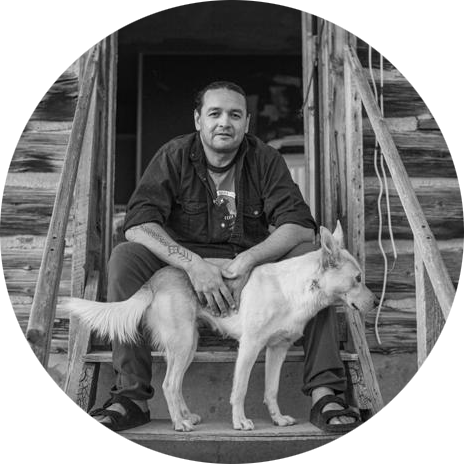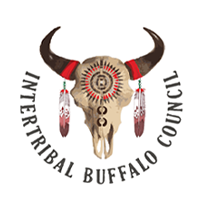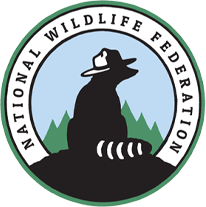Our Story
Buffalo Have Been Absent from Our Lives
But this is changing. We believe the Buffalo is our relative. And while they won’t roam North America in the numbers they once did, we can work together to bring them back to the lands they once called home.
Our Vision
Thousands of Buffalo on tens of thousands of acres, cared for and protected under Tribal law.

Meet our Team
After the Buffalo’s absence from the Wind River Indian Reservation for over a century, we are on a mission to bring them back.
Meet Our Partners
These organizations are supporting Tribal conservation and restoration efforts to protect land, and reconnect youth and community with the Buffalo. Learn how they’re helping to re-establishing Buffalo populations across the North American landscape.

InterTribal Buffalo Council
Who We Are
ITBC Member Tribes
Technical Services for Member Tribes
Indian Buffalo Management Act
Video Resources
The American Buffalo: Homecoming
Return of the Buffalo (Boy-zshan Bi-den)
Iinnii Initiative: The Return of the Buffalo
ITBC’s Return of the Native: The 25-Year History of the InterTribal Buffalo Council
A History of Tribal Buffalo Programs
1992
InterTribal Bison Cooperative is formed and officially recognized as a Tribal organization, with a mission to restore Buffalo on Tribal lands for cultural and spiritual enhancement and preservation.
2000
Adoption of the Interagency Bison Management Plan (IBMP) — a cooperative, multi-agency effort that guides the management of bison and brucellosis in and around Yellowstone National Park. The plan was developed by the National Park Service, USDA-Forest Service, USDA-Animal & Plant Health Inspection Service, Montana Department of Livestock and Montana Fish Wildlife & Parks.
The IBMP seeks to:
- Maintain a wild, free-ranging Buffalo population
- Reduce the risk of brucellosis transmission from Buffalo to cattle
- Manage Buffalo that leave Yellowstone National Park and enter the State of Montana
- Maintain Montana’s brucellosis-free status for domestic livestock.
February 2012
Fort Peck Tribes sign a memorandum of understanding (MOU) with the State of Montana to relocate, Yellowstone Buffalo.
March 2012
64 Yellowstone Buffalo transferred to Fort Peck Reservation.
August 2013
34 Yellowstone Buffalo transferred from Fort Peck to Fort Belknap.
September 2014
NWF partnered with 11 U.S. Tribes and Canadian First Nations as well as conservation partners to develop an international treaty – the first among the Tribes in over 150 years – to restore bison to Native lands in the U.S. and Canada.
November 2014
134 Yellowstone Buffalo transferred from Turner’s Green Ranch to Fort Peck.
January 2015
39 conservation Buffalo restored to the Crane Trust in Nebraska.
November 2016
10 conservation Buffalo returned to the Wind River reservation in Wyoming.
October 2017
10 conservation Buffalo arrive at Wind River from the National Bison Range in Montana.
August 2019
Yellowstone moved another 55 Buffalo to the Fort Peck Reservation.
August 2020
Fort Peck Tribes carry out the largest ever Inter-Tribal Buffalo transfer by moving 40 animals to 16 reservations.
2020
Yellowstone increases the Buffalo capacity within the park from 80 animals to 200 animals. Improvements in 2021-2022 result in transferring about 100 animals per year to Tribes as an alternative to slaughter.
2021
Through a partnership with The Nature Conservancy and Inter-Tribal Buffalo Council, 26 more Buffalo are delivered to the Shoshone Tribe and 23 to the Arapaho Tribe in Wind River.

“If I could have a snapshot of the future, I would like to be here 50 years from now, just to see what it’s like. It will be transformational. There’s nothing but good that can happen as a result of this.”
– Tom Dougherty, Former President of the Wyoming Wildlife Federation and former Senior Advisor to the President, National Wildlife Federation
Connect With Us
The Team
Our Story
News & Stories
Media Kit
Partners
Contact

